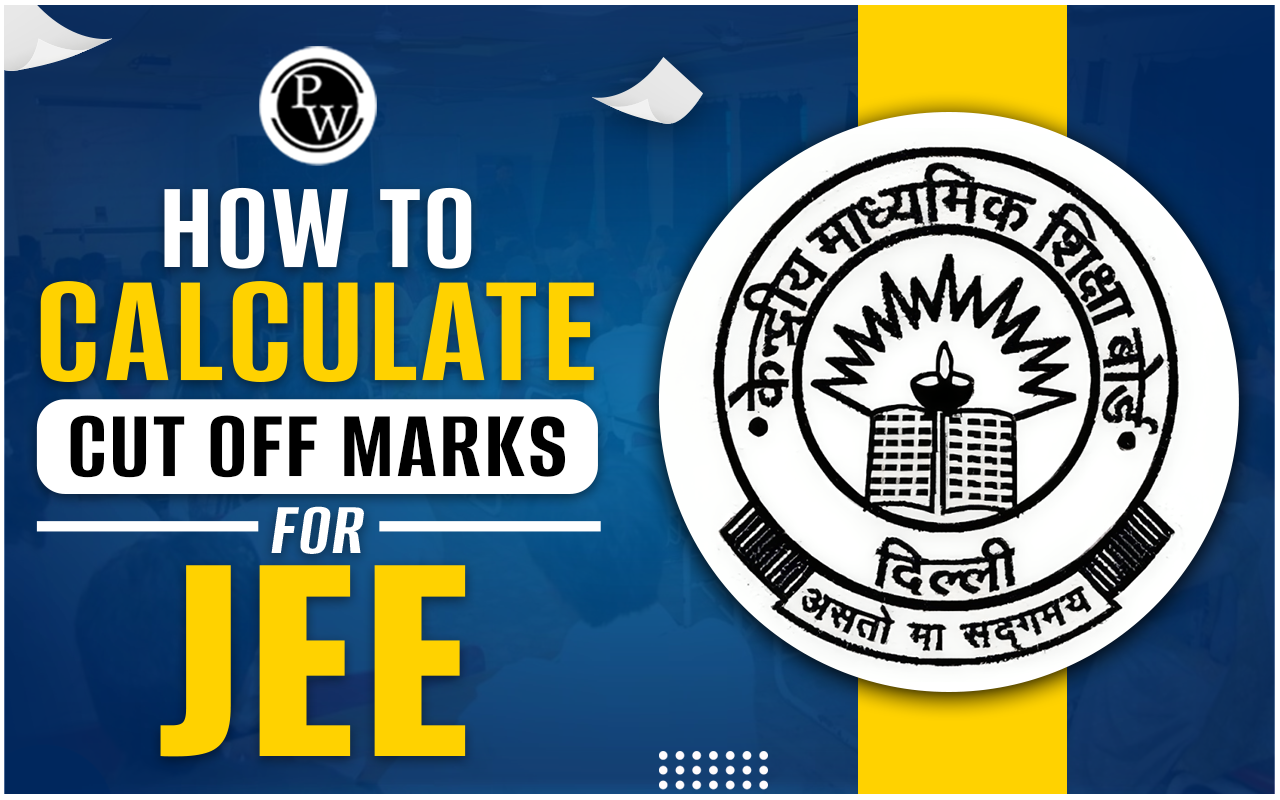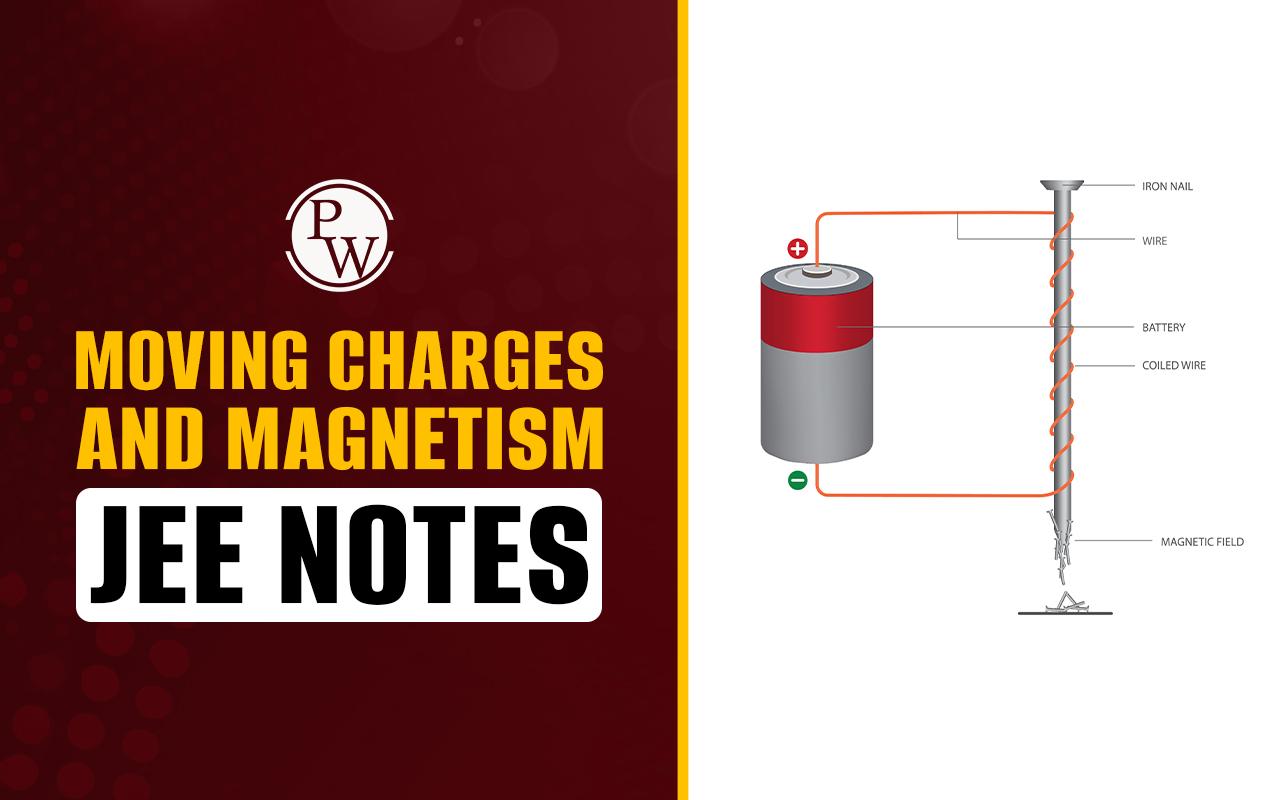

How to Calculate Cutoff Marks For JEE : The minimum score a candidate needs to score to qualify for JEE Advanced is the JEE Main cutoff. The total number of candidates who took the exam, its difficulty level, the availability of seats, and other factors are taken into account when calculating the JEE Main cutoff. In this article, You will get to learn ' How to Calculate Cutoff Marks for JEE? '.
About JEE Exam
For admission to the top engineering colleges in India, candidates must pass a competitive engineering exam known as the Joint Entrance Examination. It comprises the JEE (Main) and JEE (Advanced), two separate levels. In addition to serving as a qualifying exam for admission to some of the colleges, JEE Main also serves as a screening exam for students hoping to be selected for admission to IITs and NITs. The JEE Main cutoff results are the first thing that any candidate looks at after the exam. The JEE Main Cutoff is the minimum score required to qualify for the JEE Advanced.Factors Impacting JEE Main Cutoff Marks
- The exam's degree of difficulty.
- The number of Candidates who appeared for the exam
- Number of Seats available in the College
- Previous JEE Main qualifying scores.
JEE Main Cutoff Categories
Two categories comprise the JEE Main cutoff . Initially, the NTA releases the JEE Main qualifying cutoff. Subsequently, the Joint Seat Allocation Authority (JoSAA) announces the JEE Main admission cutoff on behalf of the participating institutions. The minimum score required to appear for JEE Advanced in the entrance exam is known as the JEE Main qualifying cutoff. On the other hand, the JEE Main admission cutoff represents the minimum score required for applicants to be considered for admission to participating government or private institutes such as NITs, IIITs, CFITs, and others.How Can I Use JEE Main To Get into NIT?
Students who participate in the centralized counseling process conducted by JoSAA and score more than or equal to the JEE Main cutoff marks, in addition to achieving at least 75% of the marks in their Class 12 board exams (65% for candidates from the Reserved Category), will be considered eligible to be admitted to NIT through JEE Main.JEE Main Cutoff 2024: Is it released?
No, the NTA has not yet made available the JEE Main cutoff 2024. In addition to the JEE Main Result announcement, candidates can view the JEE Main 2024 cutoff.How To Calculate Cutoff Marks For JEE? : Detailed Information
Math, Chemistry, and Physics marks are converted to 100, 50, and 50, respectively, and then added together to determine the cutoff marks.How To Improve Your Rank In JEE Main 2024
Consistent work and effective strategies for solving exams are necessary to improve your JEE Main rank. To increase their chances of success, aspiring engineers might consider following the below-mentioned tips,- Become well-versed with the syllabus and format of the JEE exam.
- Create a well-planned study schedule and follow it religiously.
- To familiarize yourself with the exam format and enhance your time management skills, practice previous years' question papers and mock exams.
- Focus on strengthening the weaker sections and revise important topics regularly. To help with exam preparation even more, think about asking experienced mentors for advice or, if required, enrolling in a recognized coaching center.
JEE Main Cutoff Marks Criteria
JEE Main Cutoff Marks Criteria : The JEE Main cut-off scores are provided as normalized percentile scores to eliminate any discrepancies that may arise from the varying shifts in the paper's difficulty level.
If JEE Main candidates attempt the exam more than once, they will receive an All India Rank based on their best results.How To Calculate The JEE Main Percentile?
How To Calculate The JEE Main Percentile? : To determine the percentile scores for each subject—math, physics, and chemistry—as well as the overall score, NTA will aggregate the students' raw marks and normalize them. It is ideal for the highest score of each session to receive the same percentile of 100. Additionally, the scores that fall between the top and lowest will be converted to percentiles.
Please take note that the percentile scores will be computed to seven decimal places to minimize bunching and ties between candidates who receive the same score.How to Calculate Cutoff Marks for JEE?: FAQs
Which kinds of JEE Main cutoffs are there?
Do the cutoffs vary every year?
In the JEE Main exam, what does "cutoff" mean?












